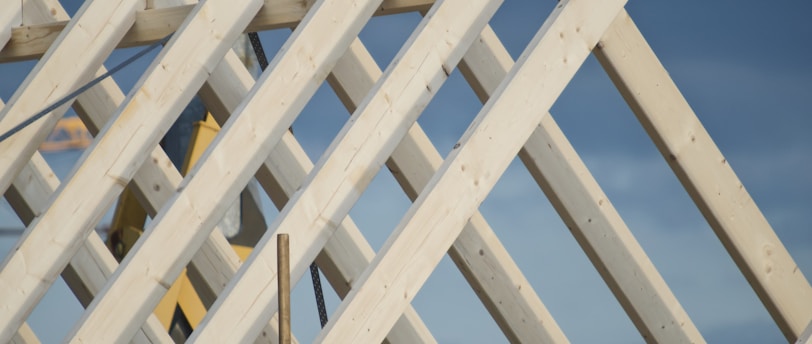Wind Speed vs. Wind Pressure: Deciphering the Dynamics for Optimal Structural Design
In the field of wind engineering, the intricate relationship between wind speed and wind pressure underpins the calculations for designing sturdy, wind-resilient structures. In this blog post, we delve into the fascinating interaction between these two forces, shed light on the ASCE 7-22 wind equation, and elucidate how the pressure exerted by wind intensifies exponentially with the square of its speed. As experts at Florida Wind Calculations and Wind Calculations, we bring you an in-depth understanding of this crucial aspect of wind load calculations.
Enrique Lairet, PE
7/5/20232 min read


In the field of structural engineering, the intricate relationship between wind speed and wind pressure underpins the calculations for designing sturdy, wind-resilient structures. In this blog post, we delve into the fascinating interaction between these two forces, shed light on the ASCE 7-22 wind equation, and elucidate how the pressure exerted by wind intensifies exponentially with the square of its speed. As experts at Florida Wind Calculations and Wind Calculations, we bring you an in-depth understanding of this crucial aspect of wind load calculations.
Understanding Wind Speed and Wind Pressure:
The intricate dance between wind speed and wind pressure is essential to grasp. At a basic level, wind pressure amplifies substantially with an increase in wind speed. But this relationship is not directly proportional; instead, it squares with the speed of the wind.
This implies that a slight uptick in wind speed can cause a massive surge in wind pressure. For example, if wind speed doubles, wind pressure quadruples, increasing fourfold. This realization is crucial for the design of structures, especially in high wind-prone areas like Florida.
Decoding the Wind Pressure Equation:
The American Society of Civil Engineers (ASCE) in its 7-22 standards provides an equation to calculate wind pressure (p):
p = 0.00256 x Kz x Kzt x Kd x V^2 x I
Here,
p represents wind pressure
Kz stands for the velocity pressure coefficient
Kzt is the topographic factor
Kd denotes the wind directionality factor
V refers to the wind speed (in mph)
I signifies the importance factor
In this equation, the wind speed is squared (V^2), underlining that wind pressure intensifies with the square of the wind speed.
The Significance of V^2:
The squared relationship between wind speed and wind pressure (V^2) is central to wind load calculations. This is why understanding local wind speeds, such as those provided by Florida Wind Calculations, is essential for accurate calculations.
For instance, if a wind speed of 100 mph leads to a certain wind pressure using the wind pressure equation, an increase of wind speed to 144 mph doubles the resulting wind pressure. Consequently, the structure must be designed robustly to resist this significant increase in wind load.
Engineers at WindCalculations.com make use of these factors when designing wind-resistant structures like rooftop generators or elevated mechanical structures. This ensures that the structures can comfortably withstand the calculated wind loads.
Grasping the relationship between wind speed and wind pressure is integral to structural engineering and wind load calculations. This knowledge enables engineers to design resilient structures that can resist the specific wind loads they may encounter. By incorporating local wind speeds and the ASCE 7-22 standards, professionals like those at Florida Wind Calculations and Wind Calculations ensure their designs are not just safe, but also adhere to building codes.
WindCalculations.com
+1 (813) 694-8989
info@oasisengineering.com
© 2023 Oasis Engineering LLC. All rights reserved. Doing business as WindCalculations.com
